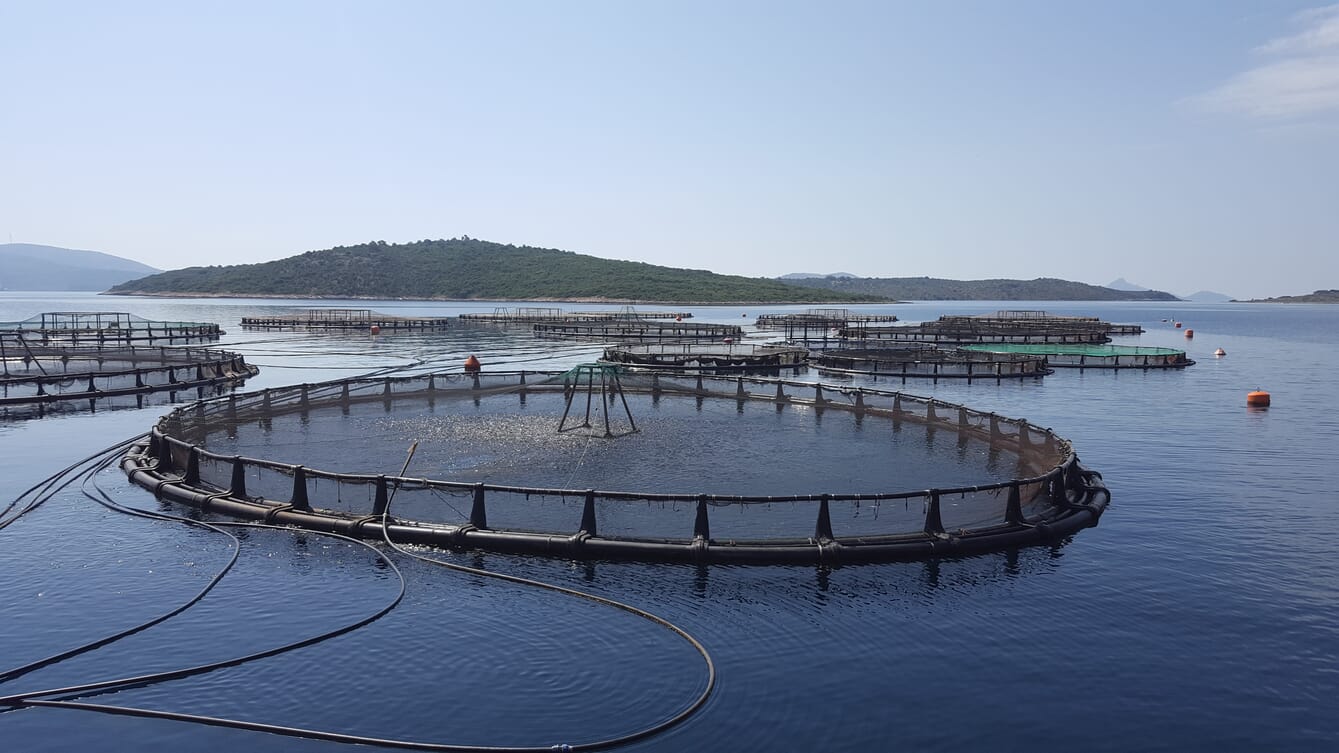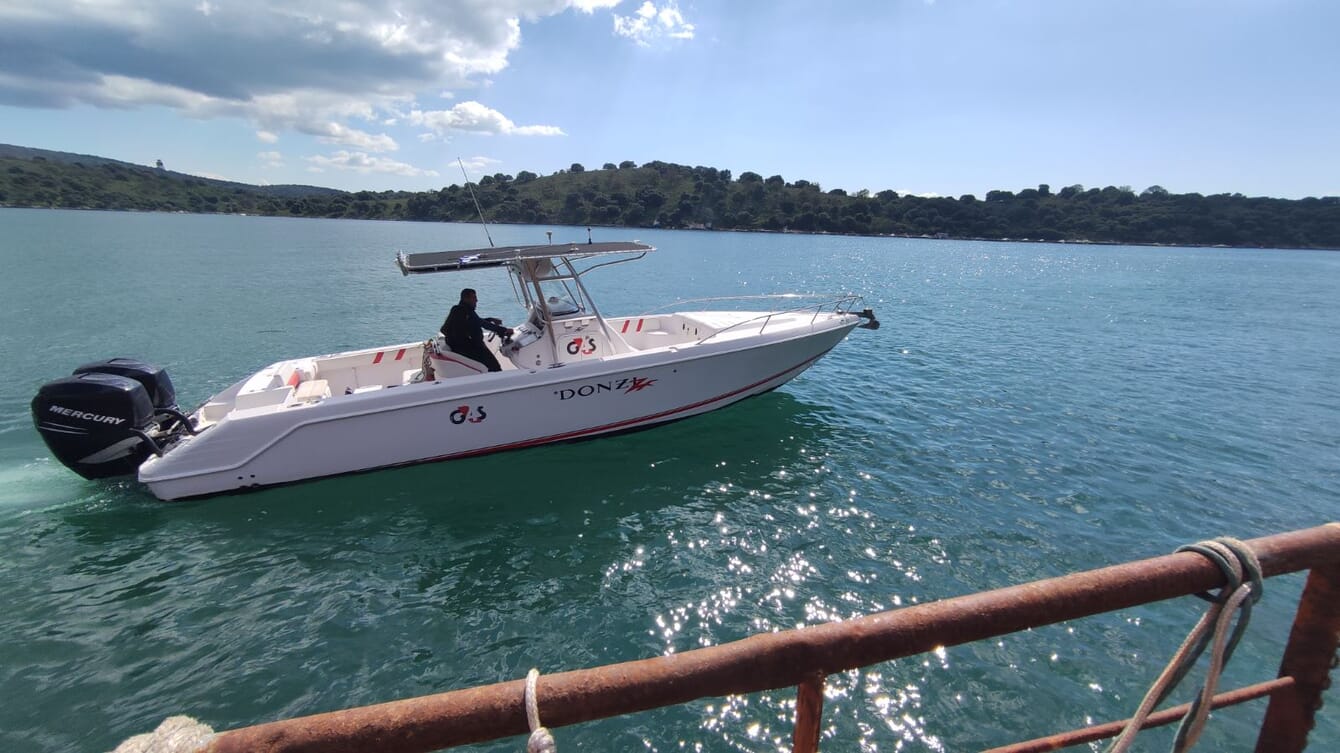
Avramar was formed in January 2021 through the merger of Andromeda Group, Nireus, Selonda and Perseus. It operates 71 farms, which are up to 20 km off the coast, making them vulnerable to poachers in the past.
However, the provision of security systems that include specialised nautical radars and state-of-the-art thermal and optical imaging cameras are now being used to protect the perimeter of each farm. Vessels which come too close are detected by radar and the system can distinguish whether any boat is either friendly or an unknown one.
Fish farms in the Mediterranean have to contend with poachers in small vessels or even organised criminal gangs. And while in many cases the volume of fish stolen may not be significant, these activities can damage the equipment, nets and cages used in the farms. Other boats can also unknowingly stray into a fish farm and cause accidental damage.
Avramar's production sites are in Greece and Spain, while it also operates 12 fish hatcheries and three feed mills. G4S has been involved with the company’s predecessors since 2019, when they were brought in to improve security arrangements.
“The results have been exceptional, with no poaching incidents or damage caused to the farms - accidental or otherwise - since the new integrated security solution was put in place," said Panagiotis Lamprintzis, G4S Greece secure solutions project manager. “Through our approach we have built a trusted partnership with our customer and the result is their peace of mind.”
Avramar currently has twelve static platforms off the coast of Astakos. Each of the central platforms manages the fish farms which encircle it and the Avramar team, weather permitting, will inspect the farms and feed the fish daily. Twice a week, Avramar’s specialist divers check the nets and underwater cages to ensure they are in good working order and to carry out maintenance.
Prior to working with G4S, Avramar had employed security officers, but have now decided that human surveillance alone isn’t able to react quickly enough to the potential threats that the farms may face.
Lamprintzis worked with the customer for a number of months before the solution was put in place, to understand the range of risks that the farms face. The Covid-19 pandemic delayed the initial start date, but the solution was up and running by July 2020, with measures in place to ensure the relevant public health guidelines were followed.

While the G4S team has extensive experience securing sites large and small across the world, a project of this type in the aquaculture industry, was unchartered territory.
“We worked with the customer and proposed an integrated security solution that used the most appropriate technology - in some cases nautical - to greatly enhance how officers could respond to threats or incidents more quickly and effectively,” said Lamprintzis. “Our solution protects both Avramar’s assets and employees, the farms themselves and the fish they produce. What Avramar wanted was a more responsive and effective security arrangement which we have developed in partnership with them.”
“The results have been fantastic and we will continue to work with the team to develop and improve our offering,” said Lamprintzis. “What it brings them is reassurance that whatever security situation we face, it can be resolved quickly, while protecting their people and their assets.”
Every Avramar employee and G4S professional wears a life vest and if a person falls into the water, an alarm is triggered which is linked to the G4S monitoring centre, based on the mainland at an Avramar production site, close to Astakos. The tracker has a GPS signal, which can precisely pinpoint where that person is. G4S has three speedboats, which are used to patrol the farms, as well as react to emergencies and rescue anyone who has fallen into the water.
“All systems are linked to the monitoring centre and an unidentified vessel will activate loudspeakers and a rotating beacon at the farm,” said Lamprintzis. “Over the tannoy, personnel can communicate to the boat’s captain to move away from the farm and if necessary, the G4S speedboat team can attend quickly to the correct location, to ensure the boat doesn’t stray further into the farm.”
Speedboats are also able to patrol the higher traffic routes closest to the farms to ensure the farms’ safety. Where accidental entrance into the farm occurs, G4S professionals can explain and help the vessels, stopping them from veering into the wrong area. Thermal imaging cameras are used at nighttime, to verify any movement in and around the farm which is unexpected.




